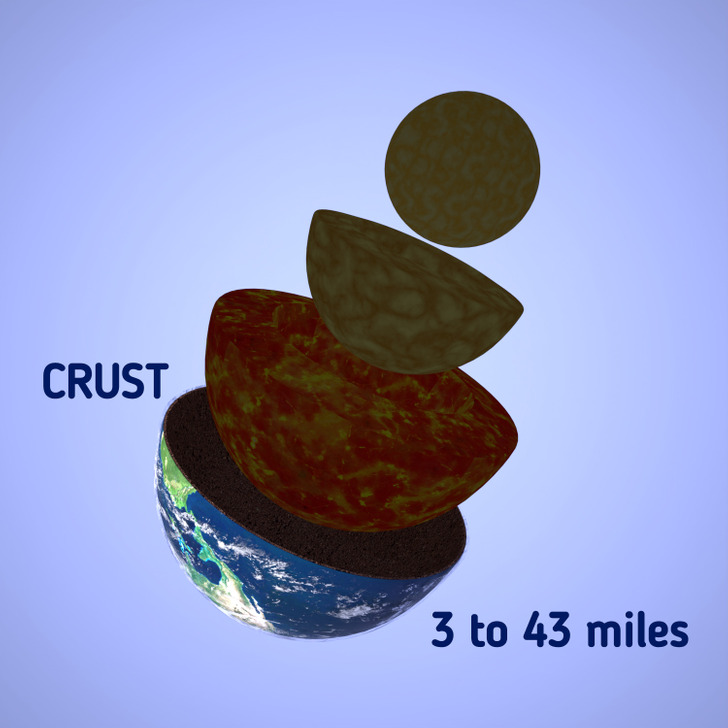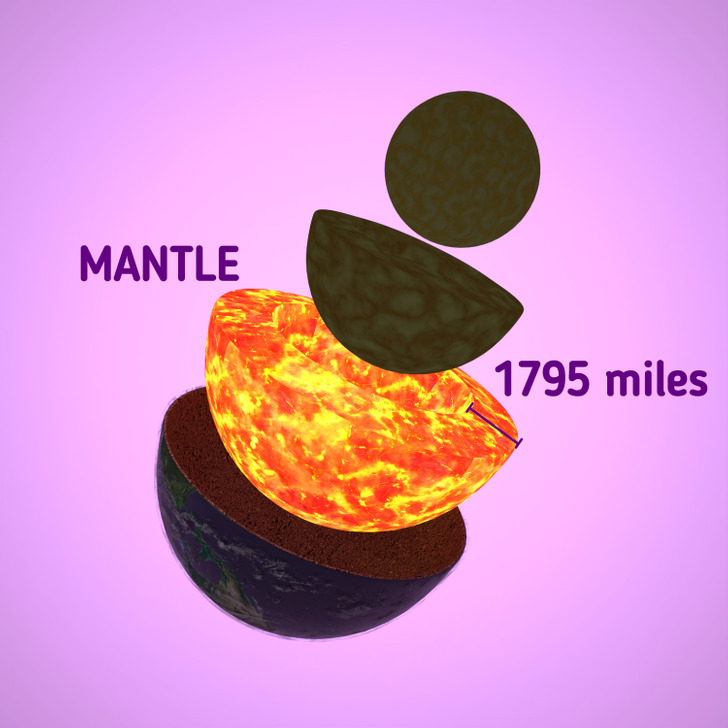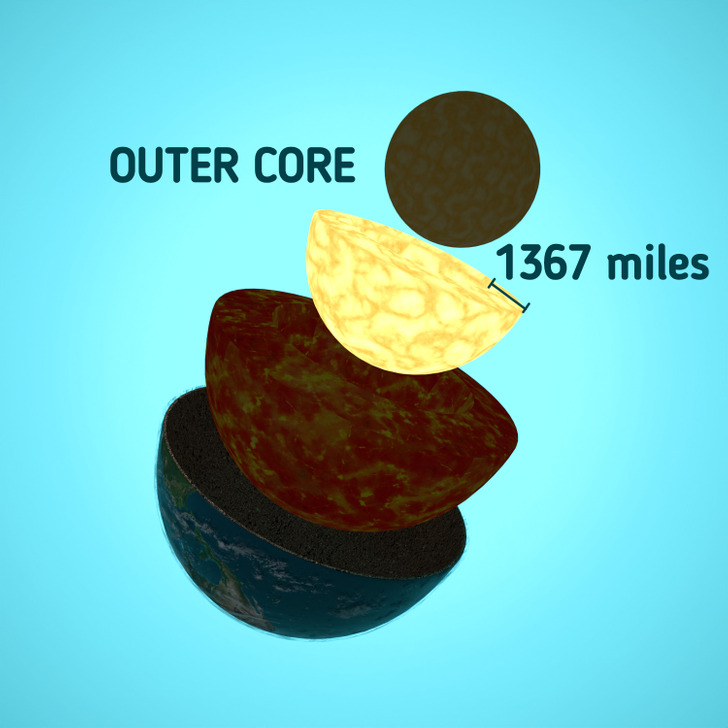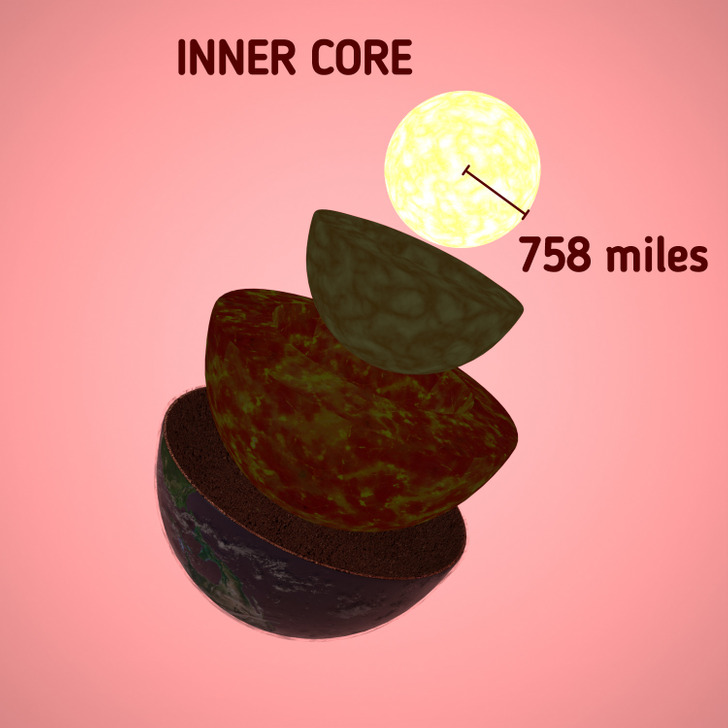What Planet Earth Consists Of
Earth is a unique and amazing planet. We have enough knowledge about what is on its surface. But its depths still have a lot of surprises.
With 5-Minute Crafts, you will find out more about what our planet is made from.
Planet Earth is a dynamic planet humanity has been living on for 1.8 million years. It formed more than 4.5 billion years ago and has been changing ever since. These changes can be visible and happen fast like a volcano eruption, earthquake, or a tsunami. Other changes, on the contrary, happen so slowly that we don’t even notice them, for example, tectonic plates moving.
In order to understand the processes happening on Earth, we need to know what it’s made from. The planet consists of 4 layers:
- crust
- mantle
- outer core
- inner core
Crust

The crust is the top and the thinnest, coldest, and most fragile layer of all 4. In different places, the crust may vary a lot in thickness. For example, under the oceans and Hawaii, it’s around 3 miles thick, and under the continents, it’s much thicker — from 18 to 43 miles.
The crust consists of several elements including oxygen, aluminum, silicon, calcium, iron, sodium, magnesium, and potassium.
The crust and the upper mantle layer are split into big pieces called tectonic plates. The plates are not immobile, they are moving 1.2 to 2 inches per year. Over time, the plates crush into each other, which cases most earthquakes and volcano eruptions.
There’s no clear answer as to what makes the plates move. Maybe it’s due to the heat-driven convection currents in the mantle below. Some experts think it’s caused by the tug from slabs of crust of different densities.
Mantle

The second and the thickest layer is called the mantle. It’s 1,795 miles deep. It’s hot and semi-solid.
In the upper layer of the mantle, around 62-124 miles underground, the mantle’s temperature reaches the melting point of rock. The layer of partially melted rock is called asthenosphere. Geologists think that tectonic plates move on it.
The mantle is made up from iron, magnesium, and silicon. It also contains diamonds. Most of them are formed at more than 120 miles underground. But the rare, deep blue diamonds are much deeper — at around 435 miles. They are pushed to the surface of the planet in volcanic rock — kimberlite.
Outer core

The third layer is the outer core. It’s at around 3,220 to 1,790 miles below the surface. The thickness is 1,367 miles.
The outer core has a liquid structure and consists of iron and nickel. It’s heated by the radioactive decay of the elements uranium and thorium. Giant streams of hot liquids move here and generate electricity, creating the magnetic field of the planet.
Earth’s magnetic field reverses about every 200,000 to 300,000 years. It’s connected with the outer core. But we still don’t really know why it happens.
Inner core

The very heart of Earth is the inner core. It looks like a hard metal ball and has a radius of around 758 miles. It’s at 4,000 to 3,220 miles beneath the surface. And the temperature there is around 9,800° Fahrenheit.
So, it’s about as hot as it as on the surface of the Sun. It’s enough to melt iron but the giant pressure from the other sides of the planet keep the core solid. The pressure inside the core is 3 million times higher than it is on the surface. It’s around 3.6 million atmospheres.
The fourth layer is very thick, it’s made up from iron and nickel for the most part. The inner core spins a bit faster than the rest of the planet.
Some researchers believe there might be another core inside the inner core. If it’s true, it should be made almost completely from iron.